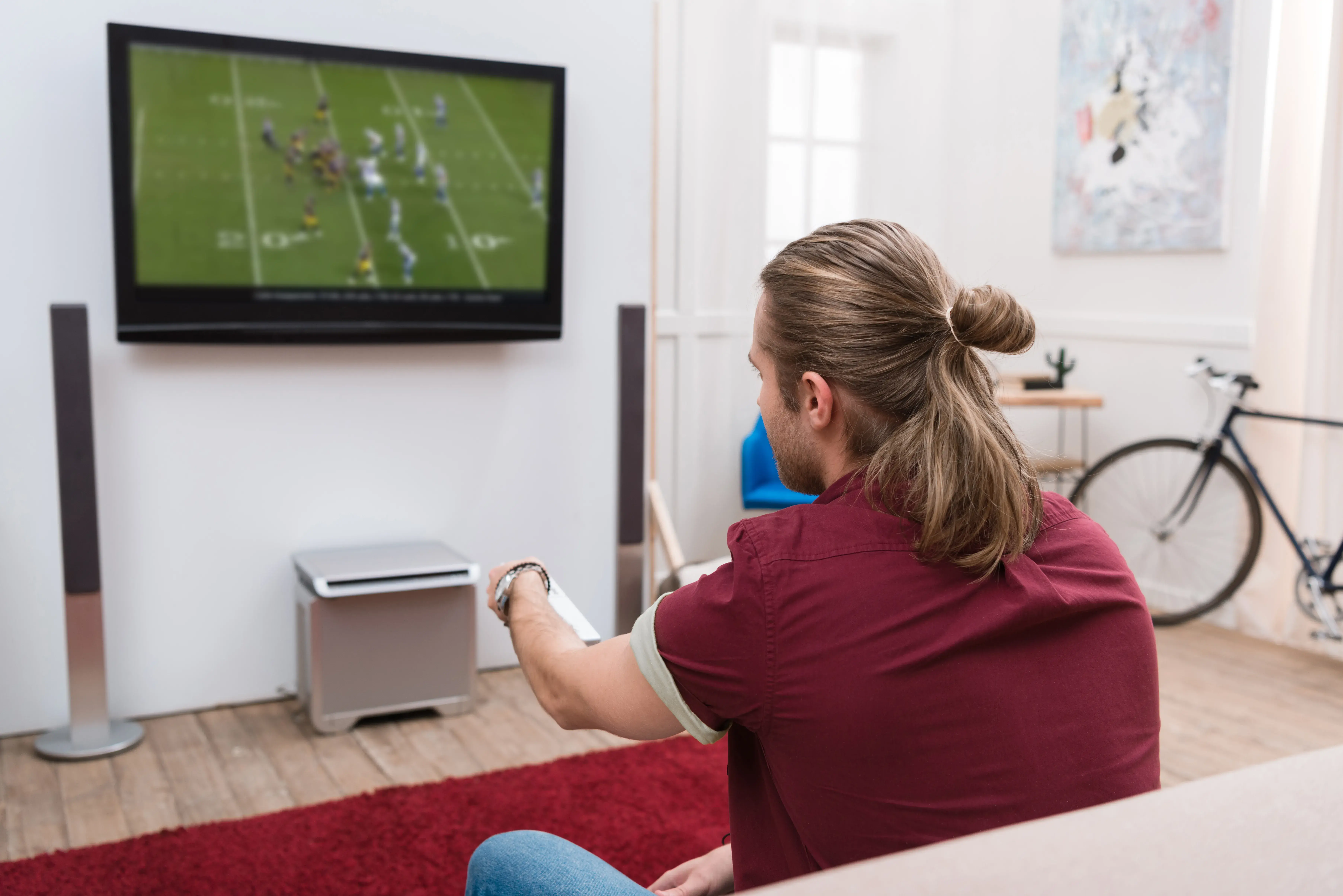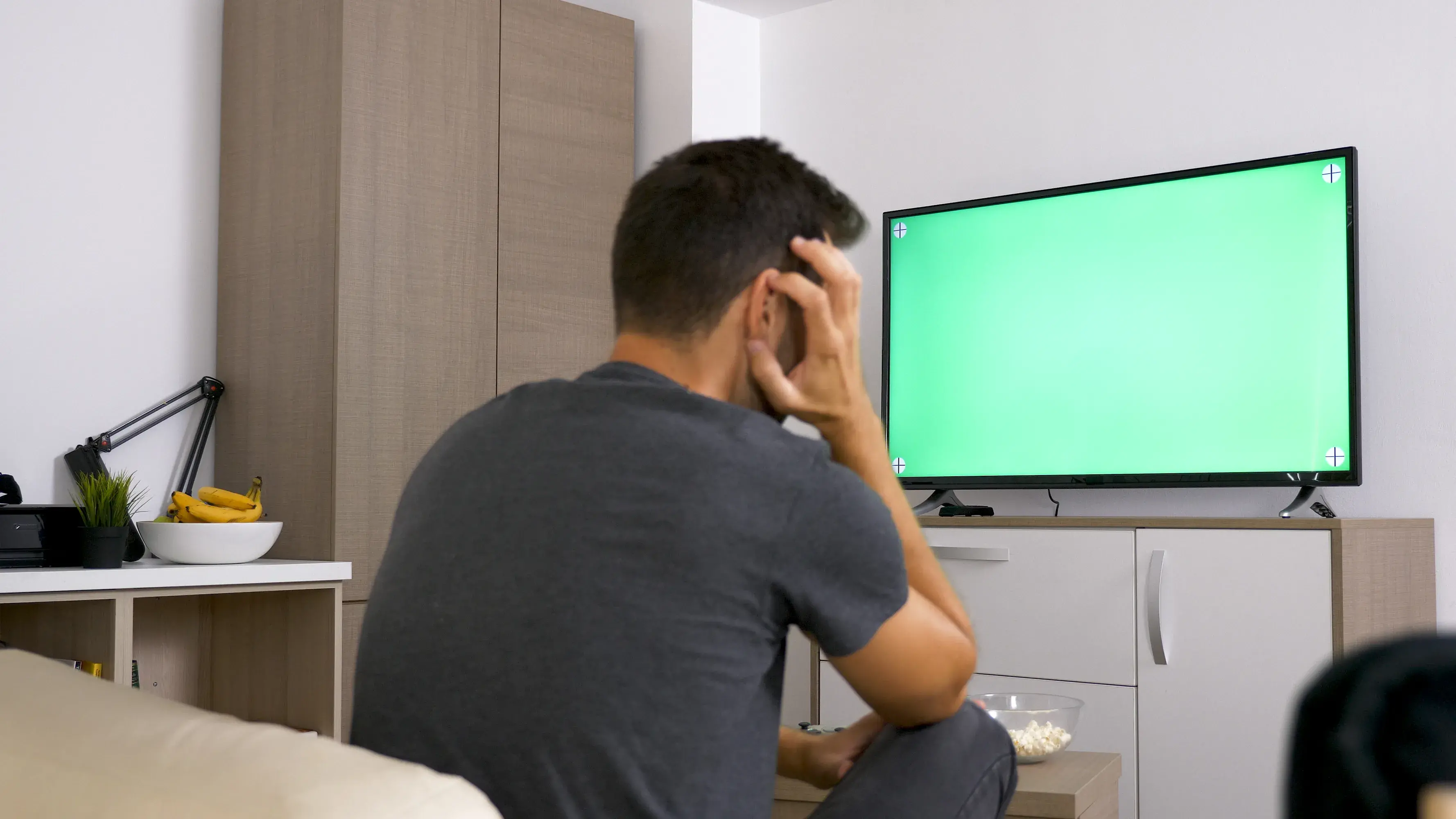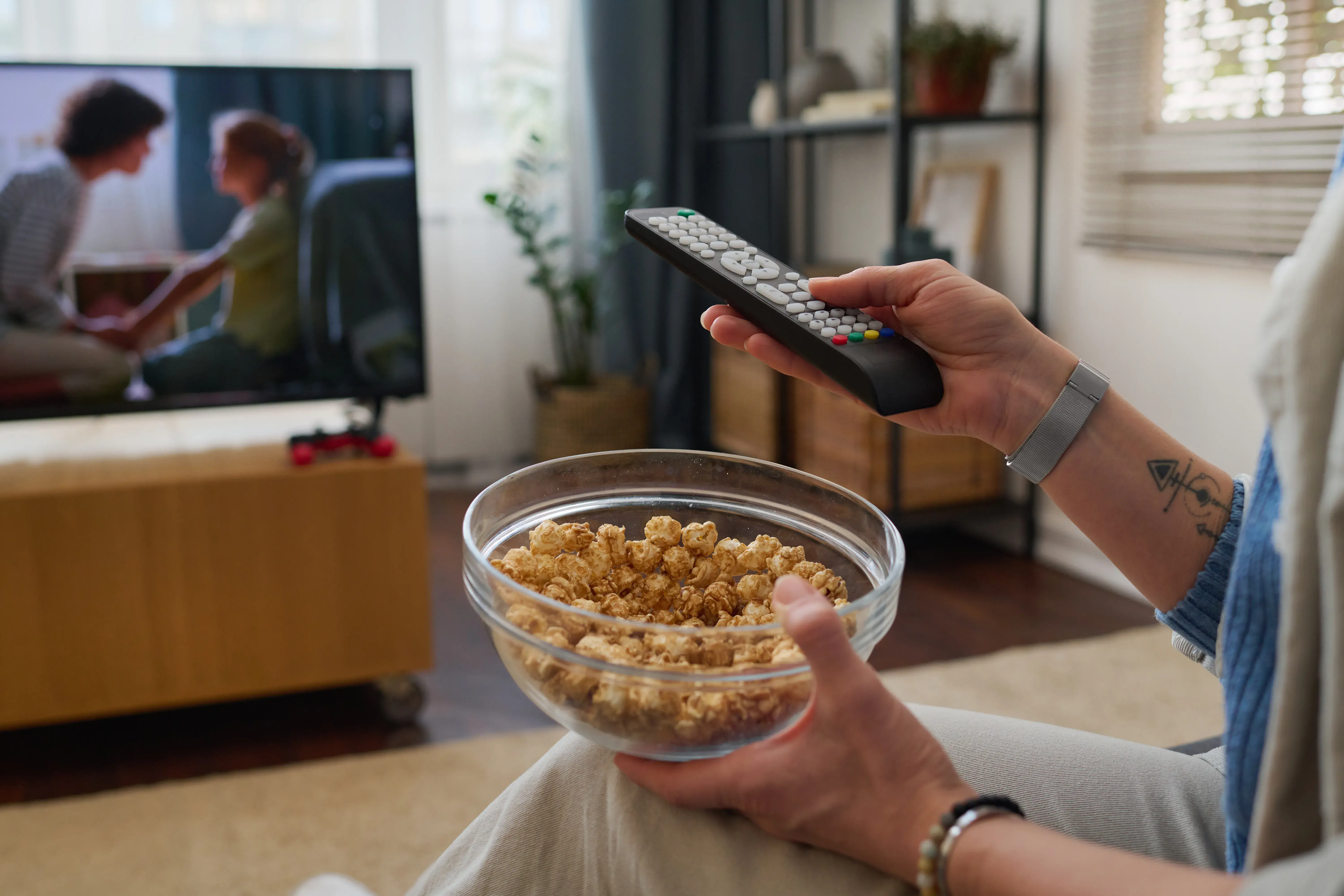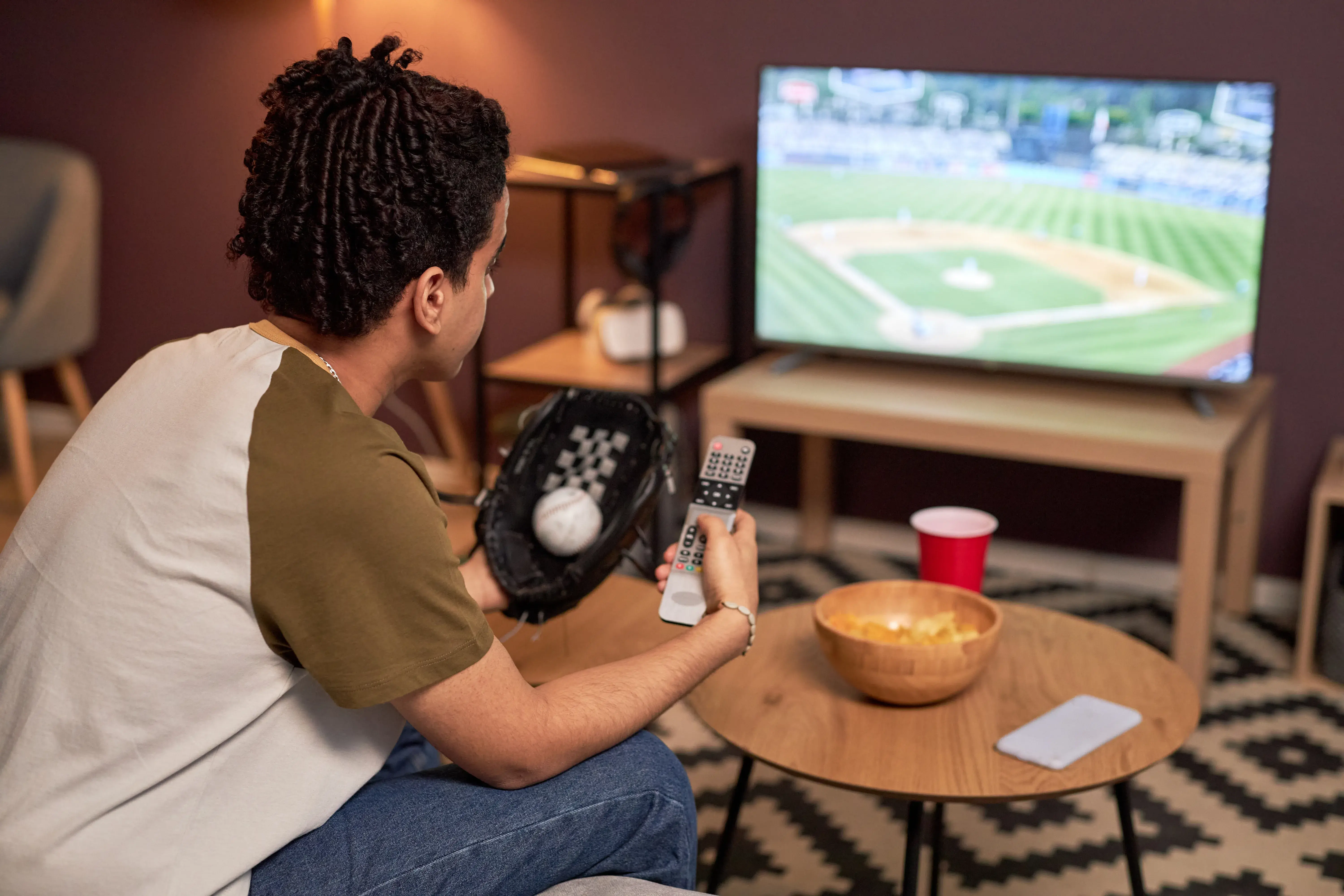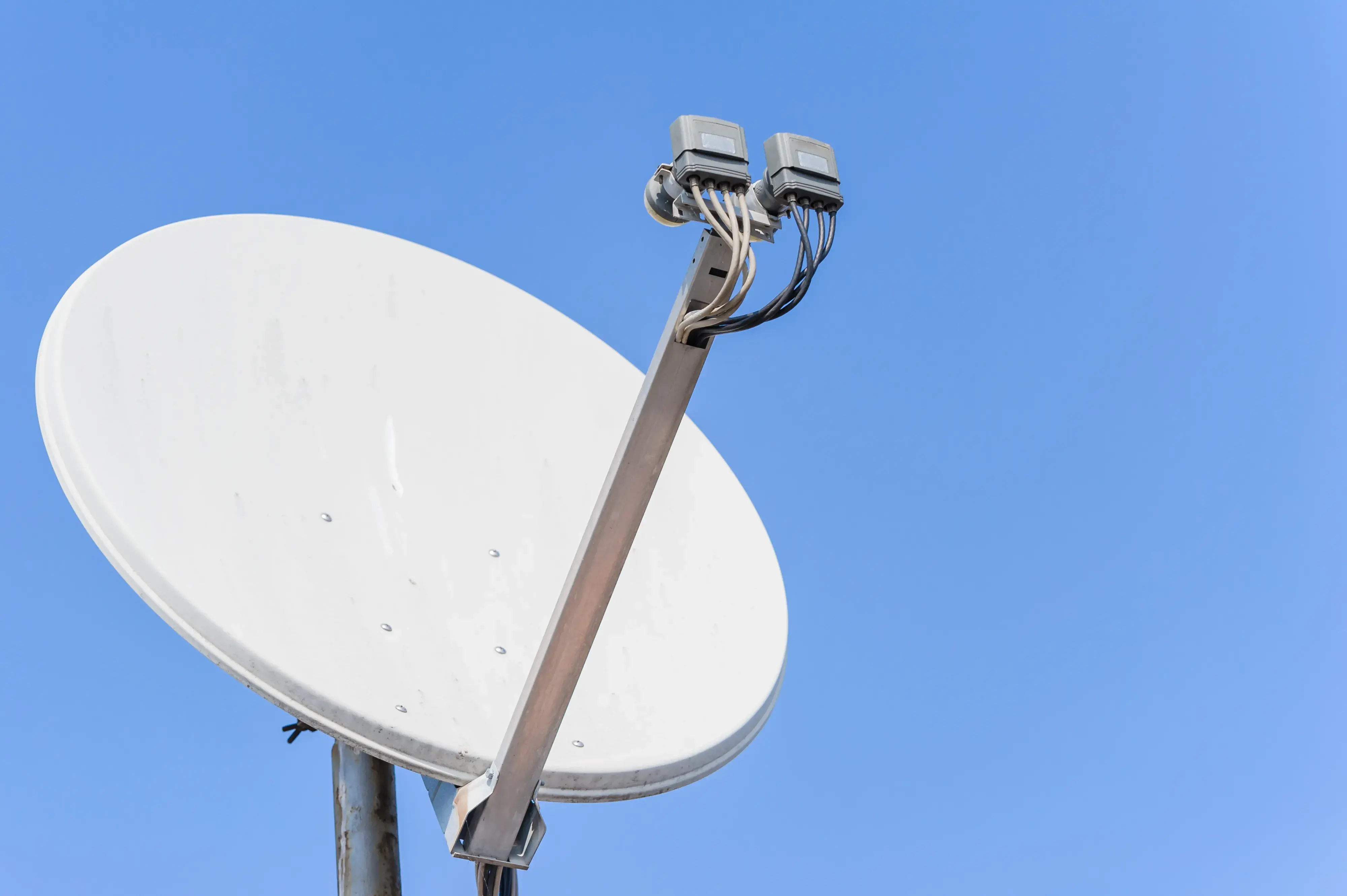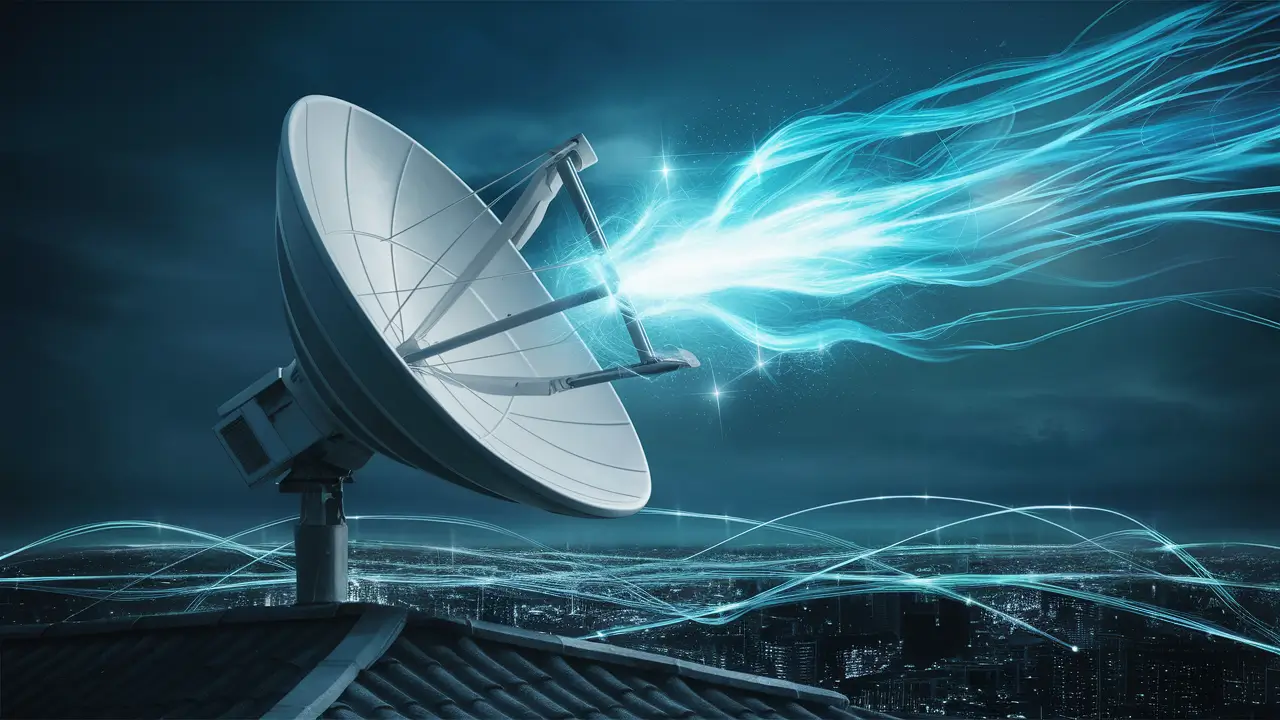
Ensuring that the Dish Network satellite dish receives the strongest signal is crucial in having a continuous TV experience. Low signal strength results in pixelation, freezing, tiling, audio dropouts, and failed recordings. Fortunately, there are a few things that you can do to ensure that your Dish is set up in a way that will allow you to get the best possible signal strength.
Choose The Right Location
The location of the satellite dish is very important to ensure that it receives a good signal. As with most devices, when installing it, ensure it faces south and has a clear and unobstructed view of the sky in that direction. The dish requires a clear line of sight toward the satellite and there should not be trees buildings or any other obstacles in the path of signal transmission.
Secure the dish on a firm pole or wall bracket and make sure that the dish can swivel and turn as necessary. Steer clear of areas that are exposed to winds likely to blow and cause the dish to be realigned. Position the face of the dish toward a magnetic south direction, between 110° and 260°. To locate this direction, you can download a compass app on your phone and check for the direction.
The dish is best mounted at least 3 feet from other objects to optimize its performance. Do not place it near possible sources of interference such as electrical panels, generators, garage door openers, and cellular antennas. It is advised that the end of the dish should come up to an inch beyond the edge of the roof.
Adjust Elevation and Skew
When you have set the elevation and skew properly, your Dish dish is now pointing at the satellite. This maximizes signal reception. Elevation is used to adjust the dish in the vertical plane, to align it with the position of the satellite in orbit. Skew rotates the dish either to the left or right to face the satellite in the right direction of the geostationary position.
This means that you will have to fine-tune both angles while installing the system to get the best results. Be extremely cautious with your changes and always control the signal strength on your receiver. Just adjust or fine-tune each angle gradually until you get the highest signal level. Tighten all bolts and brackets once they are in the required position and alignment.
Verify Transmitter Frequencies
Dish receivers and dishes use coded RF frequencies to communicate with each other. Ideally, the frequencies on your smart card must be compatible with what your dish setup is likely to encounter. If they do not agree, the signal strength will be affected regardless of alignment.
While the Dish 500 systems are older, they operate on frequencies ranging between 11250-11750 MHz. The Dish 1000. 2 and above transmits from 11250-12750 MHz. When installing it is recommended that one checks to ensure that the dish type and the frequencies correspond with the ones assigned to the access card or the receiver. Call Dish to request a change of your smart card every time the frequencies do not match your equipment.
Check Signal Strength
Your Dish receiver has a numerical signal strength meter during the process of installation. This diagnostics screen will give you the information needed to properly adjust your dish alignment and get the best signal possible.
Signal strength is described in natural language at a low level and a high level with values varying in the range of 0-100. To get a reliable reception, you will need to have a minimum signal of the 90s right down to 80. Signals below 70 are likely to affect reception in some way or the other. If your levels are suboptimal you should first verify your dish alignment and skew and then search for interferences. If you cannot increase the number, then try to move the dish to another position.
Eliminate Sources Of Interference
External electromagnetic interference sources can easily infiltrate into Dish coax lines and then contaminate satellite signals. This results in pixelation lost reception, and static. Carefully inspect your Dish wiring and isolate it from potential interference sources like:
- Bad ground wiring
- Coax cable or fittings that have been bent or crushed
- Loose connector joints
- Some of the electrical appliances include transformers, motors, and ballasts.
- Cell towers, cellular repeaters, and WiFi antennas
Also, look inside your home to find where electronics can pump interference over Dish wiring. Keep your Dish coax well separated from:
- WiFi routers, extenders, and booster
- Base stations of a cordless landline phone
- Baby monitors, video monitors, and security cameras
- Bluetooth devices and speakers
- Microwave ovens
Take equipment off your Dish line or add more insulation if needed.
Upgrade To Larger Dish
If your location has a weak signal or you are feeding several receivers, you can increase the dish size to improve reception. Dish offers a range of dish antenna sizes to address different needs:
- Dish 500: The old SL standard is designed for use with only one receiver in areas where very strong signals are available.
- Dish 1000. 2/1000. 4: The next models of larger dishes, which are installed with two or four tuners to support multiple TVs. Improvement of reception for territories with a weak signal.
- SuperDish 121/SuperDish 105: Eight feet in diameter, used for rural areas with very little signal reception. This feature considerably expands the scope of the signal captured.
- HopperDuos and Hopper: Trio receivers include several tuners to enable multiple TVs using a single coax cable. However, you require an appropriately sized dish antenna with enough frequency range to feed the tuners adequately with signals.
Install Signal Amplifiers
Signal boosters or pre-amplifiers enhance weak signals to ensure the increased reliability of reception. They are helpful if moving your dish further still results in signal levels below the one that you want. Select Dish Network-compatible amplifiers with the required gain for the number of receivers you plan on using.
You are reminded that the overloading of strong signals often leads to the distortion of amplifiers. Only add amplification if the alignment of the antennas and direct signal levels are not up to par. For better noise rejection be certain to position the preamp directly at the dish arm before any splitting joints.
Trim Trees and Other Scrub Growth
Any trees and shrubs that can be directly between your dish and the south can cause serious signal loss. Ensure you prune any branches that may hinder your vision in the direction of the satellite orbital arc.
It is important to trim leaves constantly to maintain the Dish signal and also to reduce the effects of bad weather on your dish signal. They should avoid planting trees that can grow taller within proximity to the dish if at all they have the potential to come into the dish’s line of sight once fully grown.
So, if you want to enjoy your Dish Network TV without interruptions, make sure you follow these tips to get the best signal from your Dish Network antenna. We wanted to make sure you are aware of how we can assist you in optimizing your Dish setup, and please let us know if there is more we can tell you about any of these options. Reception and picture quality are some of the benefits of correct installation and alignment.
Ready to upgrade your TV experience? Call us now at (877) 471-4808 to find the perfect Dish Network plan for you! Don’t miss out on great entertainment—our team is here to help you choose the best package and get you started today.

